 Easter is synonymous with bunnies, chocolate, marshmallow peeps, jelly beans and hunting for Easter eggs. But the religious holiday means so much more, especially in understanding the concept of true sacrifice, and receiving something back in return for that sacrifice. As the oldest and the most important Christian festival, Easter is the celebration of the death and coming to life again of Jesus Christ. For Christians, the dawn of Easter Sunday with its message of new life is the high point of the Christian year. This follows the period of Lent, a time to “give up” something that an individual adores because it’s a wonderful way to experience sacrifice. For kids, it should be something like candy, with the payoff being that basket overflowing with sugary treats on Easter morning. The word “Lent” traces back to Old Germanic words for “long” which seems appropriate for anyone anxiously awaiting warmer temperatures. Originally Lent was a time of discipline to prepare for Easter, 40 days dedicated to reflection, repentance, and anticipation for the hope of Salvation offered through Christ’s death and resurrection. In today’s world, many religious leaders are asking congregants to consider giving something in place of a sacrifice or “giving something up.” Here’s an opportunity to do something good for yourself and for others. “Taking up” good deeds and acts of kindness not only honors religious teachings of love and service, but also provides a nice distraction from the temptation to cheat on Lenten vows. Each workday, I’m reminded of the idiom: “You scratch my back, I’ll scratch yours.” And it’s not just because I work with very kind and passionate people here at Mount Olivet, something that is a necessity when working for a cemetery. No, it’s due to a grave monument I drive by at the end of each day on my way home. It reads “SCRATCH MY BACK” in large letters, a poignant and unorthodox message carved on the backside of a “tombstone” belonging to Nettie and Herbert Hartley. 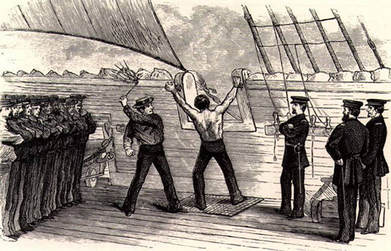 Now before I tell you about the Hartleys and the curious command on their monument, I want to briefly explore the saying “You scratch my back, I’ll scratch yours.” Many say that this expression is best described by the Latin phrase quid pro quo, which means making a certain kind of deal or agreement, for example: you do this for me, and I'll do that for you. Online idiom dictionaries give similar definitions: *to return a favor for a favor *to take care of someone who is taking care of you *to work among equals by offering and getting favors The website www.idioms.com says that “You scratch my back…” is considered a corporate phrase from the modern day business world and is speculated to have originated in the 19th century. A more evocative explanation comes from www.grammar-monster.com and reads: This term has a nautical derivation. In the English Navy during the 17th Century, the punishments for being absent, drunk, or disobedient were severe. One punishment would see the offender tied to the ship’s mast and flogged with a lash (known as a cat o’ nine tails) by another crew member. Crew members struck deals between themselves that they would deliver only light lashes with the whip (i.e., just "scratching" the offender's back) to ensure they were treated the same should they ever found themselves on the receiving end at some time in the future.  This was all very interesting, another example of the amazing things to be learned from performing a GOOGLE search. I also found that Elvis Presley had a song entitled “Scratch my Back” which was featured in the 1966 film Paradise, Hawaiian Style. I’ve enclosed a link with this song for you viewing/listening pleasure: https://www.youtube.com/watch?v=3MjP59JsqQg The Hartley Monument After first time seeing the Hartley stone two years ago, I asked Mount Olivet superintendent Ron Pearcey about its meaning. He didn’t know, saying that the salesperson that sold the family the monument would possibly know, but he no longer worked for the cemetery. So that was that, but it was always in the back of my mind that I'd certainly like to find out the answer one day. That day would come in early November, 2017. It was a rainy Saturday evening, and I was about to give the final Mount Olivet candlelit walking tour of the fall season. As I huddled with participants in the covered information kiosks adjacent the Francis Scott Key monument, I met Sharon Rectanus and her brother David Hartley, the latter from Ocala, Florida up visiting his sister, a resident of Frederick. While waiting for additional tour-goers, I asked if they had been to the cemetery before? They told me yes, and that their parents were buried in the newer part of the cemetery near the mausoleum. Pointing to a large cemetery map on the wall, I asked in what area they were interred? They looked and pointed out the TJ (Thomas Johnson) area. They followed by saying, you can’t miss the stone because it says “Scratch my Back” on the monument. And, just like that, I had my answer! I asked Sharon and David about the rationale for such a curious command on a funerary monument. Here’s what Sharon told me, embellished a bit with a follow-up email set to me a few days later:
It is a terrific story, and the essence of cemetery memorialization in the form of grave monuments and plaques. Not only does it give a brief glimpse into the life, and more so the personality, of the decedent, but it will continue to be there for years (and generations) to come. I told Sharon and David about my “Stories in Stone” blog, and said that her mother’s story was perfect material for me to do as a feature in the future, but I needed some additional material. Sharon (Hartley) Rectanus was kind enough to provide me with photos and articles to help tell Nettie’s story. I guess you could say this is yet another example of reciprocal “back scratching.” 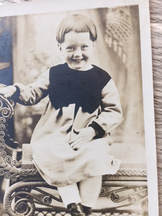 “The Back Scratchee” Nettie Hartley was born Nettie Rose Stephens on May 5, 1919 in Harriettsville, Ohio. She was the daughter of Wilbert and Ethel May (Rohrer) Stevens and grew up on the family’s farm. Her childhood consisted of milking cows, feeding chickens, washing dishes, and riding horses—her favorite was named Dan. Nettie attended Mountain State Business College in Parkersburg, West Virginia and afterwards worked as a secretary for the Imperial Ice Cream Company. During this time she corresponded with a friend’s brother named Herbert, a soldier in the US Army who was stationed overseas in World War II. When Herbert returned home from the war, they met and fell in love. Nettie married Herbert F. Hartley soon after, and the young couple moved to Washington DC. Herbert worked at the Pentagon, while Nettie stayed home and took care of David and Sharon.  The family relocated to Frederick in the 1960’s. Nettie became very active in her church (South End Baptist) where she played the piano and taught Sunday School. Herbert passed away in October, 1988 and Nettie would eventually take up residence at the Fiddler’s Green at Edenton. In an interview which appeared in an Edenton community newsletter, Nettie was purported to have taken a great interest in the wildflowers of Texas, and took great joy in telling fellow residents of her research findings. I venture to guess that she may have asked for “back scratchings” in return. Nettie Rose Hartley passed away on September 3rd, 2005 and was buried with, and next to, her two favorite “back scratchers” in Mount Olivet’s Thomas Johnson section in Lot 142. Rest in Peace Nettie, and we thank you, and your family, for bringing a smile to our faces each time we see the odd request etched upon your stone. (NOTE: Special thanks to Sharon Hartley Rectanus for invaluable contribution to this story!)
4 Comments
Lois Koontz Wills
3/30/2018 04:20:21 pm
Sharon is my high school friend and I’m so happy to read this story and happy memories for Sharon. Thank you so much chi for sharing this! I’m going to share this so our other classmates can read it.
Reply
Dennis Stephens
3/30/2018 04:40:32 pm
Mom would love to have a copy of this article. Love you. Dennis
Reply
Dave Hartley
3/30/2018 06:43:13 pm
Sitting here in Florida, sniffing and laughing. Thanks to you and my sister. Hoping to get back next year for a ghost tour.
Reply
Christian Trintiy
3/31/2018 12:30:23 am
The correct answer is spring.
Reply
Leave a Reply. |
STORIES
|
Archives
July 2024
June 2024
May 2024
April 2024
March 2024
February 2024
January 2024
December 2023
November 2023
September 2023
August 2023
July 2023
June 2023
May 2023
April 2023
March 2023
February 2023
January 2023
December 2022
November 2022
October 2022
September 2022
August 2022
July 2022
June 2022
May 2022
April 2022
March 2022
February 2022
January 2022
December 2021
November 2021
October 2021
September 2021
August 2021
July 2021
June 2021
May 2021
April 2021
March 2021
February 2021
January 2021
December 2020
November 2020
October 2020
September 2020
August 2020
July 2020
June 2020
May 2020
April 2020
March 2020
February 2020
January 2020
December 2019
November 2019
October 2019
September 2019
August 2019
July 2019
June 2019
May 2019
April 2019
March 2019
February 2019
January 2019
December 2018
November 2018
October 2018
September 2018
August 2018
July 2018
June 2018
May 2018
April 2018
March 2018
February 2018
January 2018
December 2017
November 2017
October 2017
September 2017
August 2017
July 2017
June 2017
May 2017
April 2017
March 2017
February 2017
January 2017
December 2016
November 2016

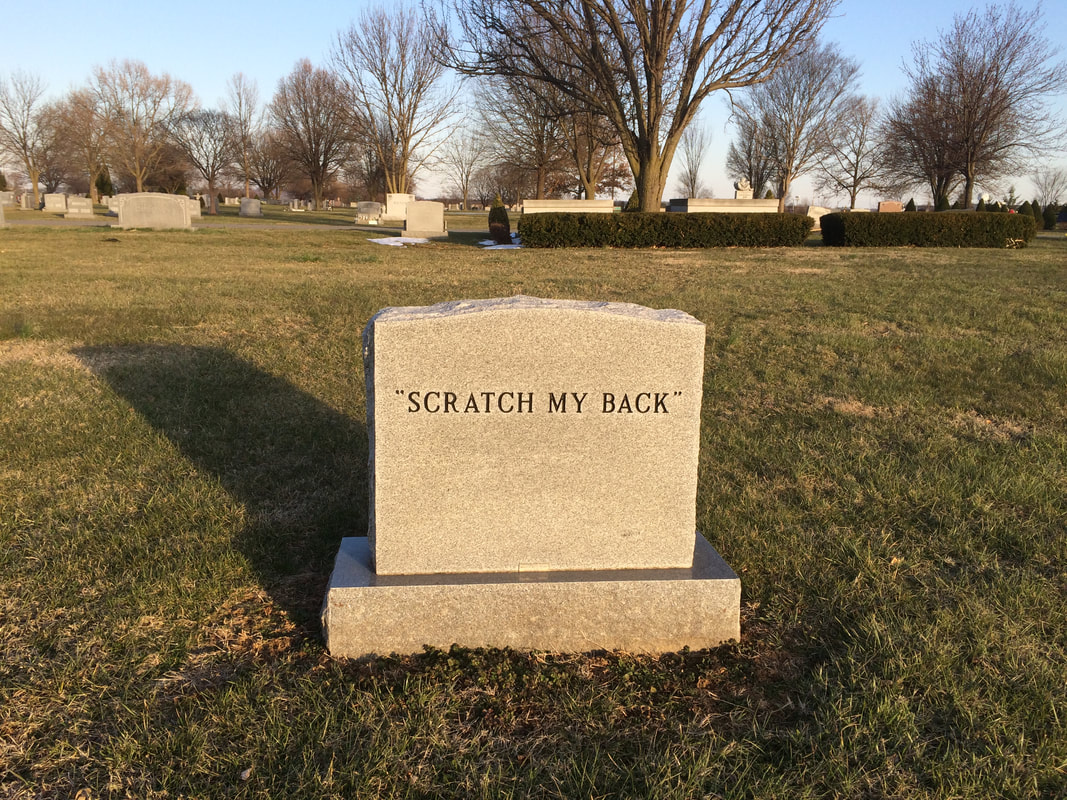
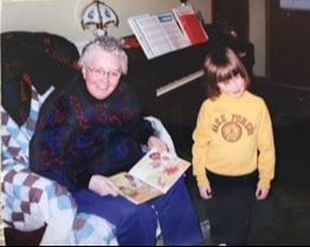
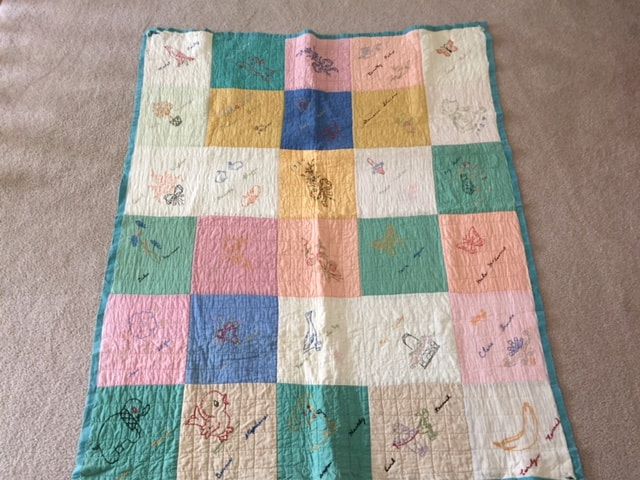
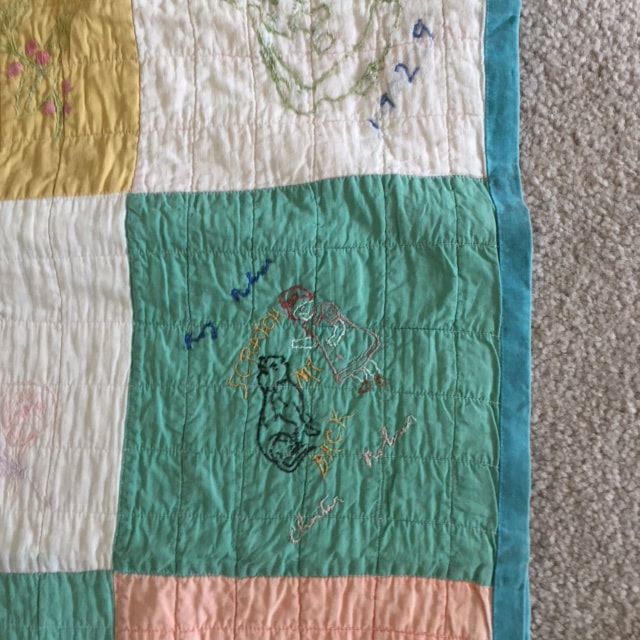
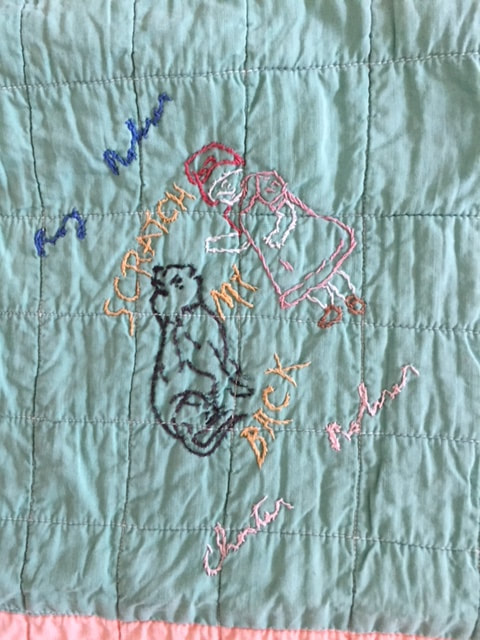
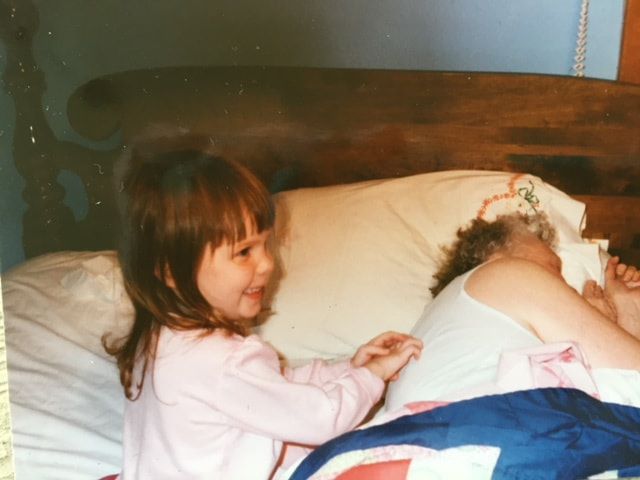

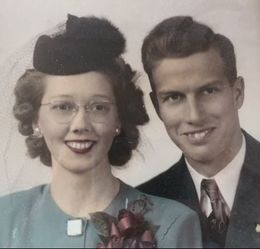
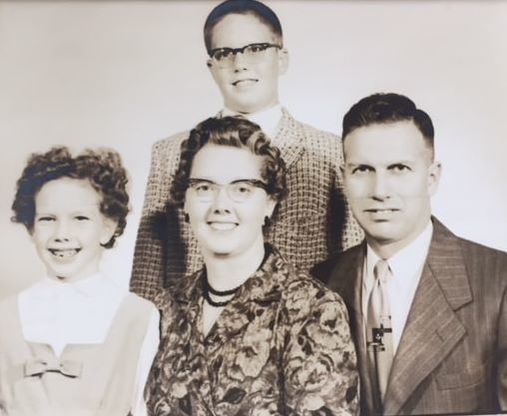
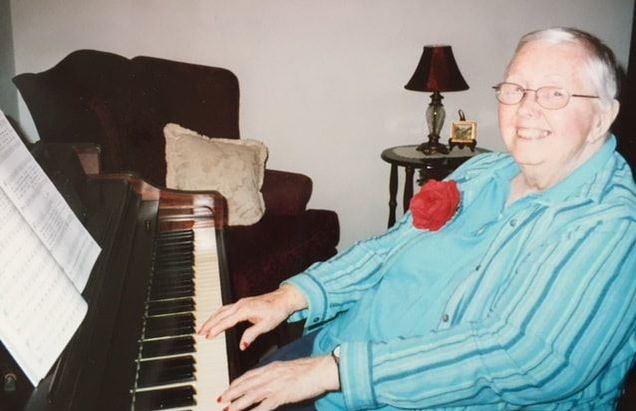
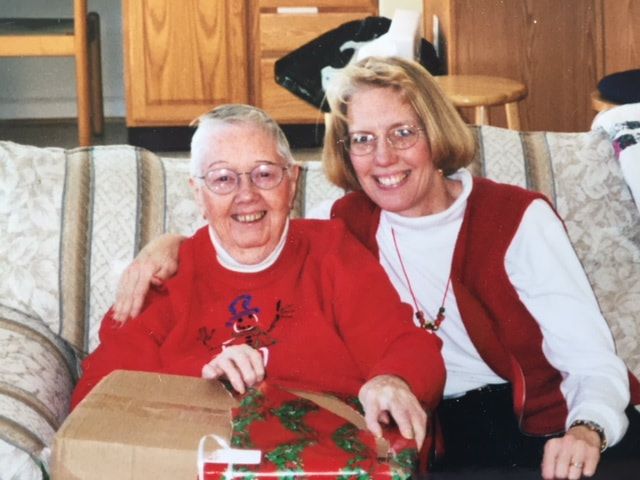
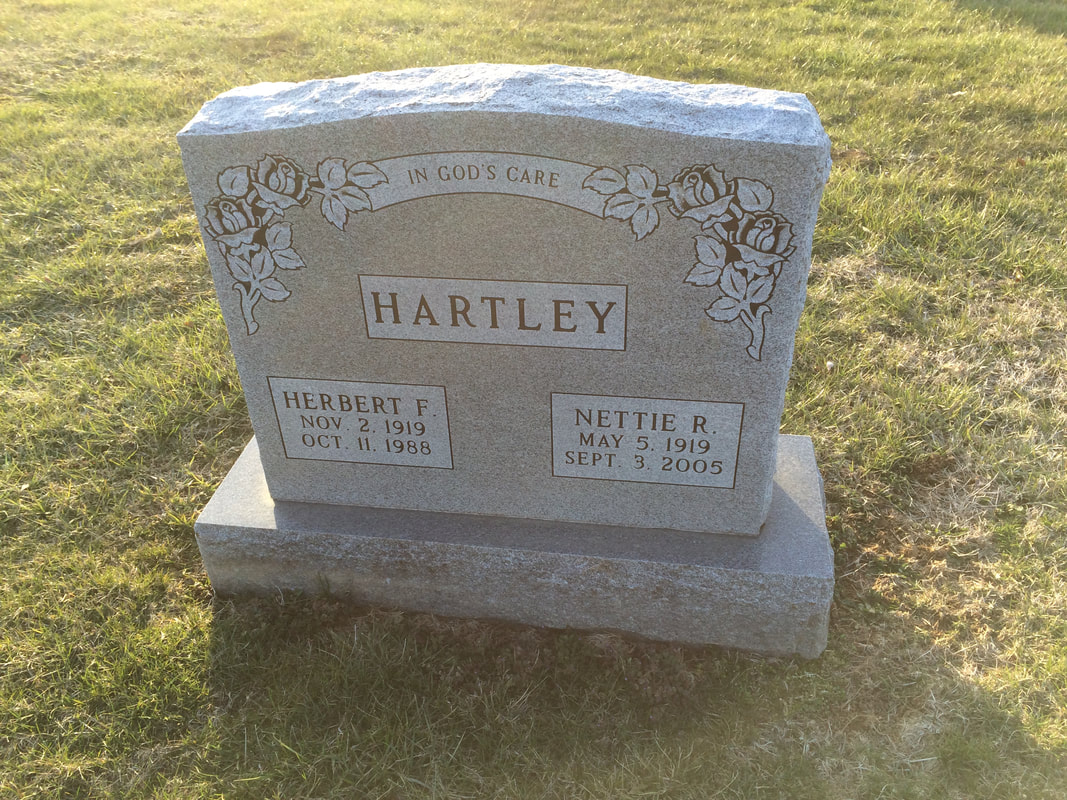
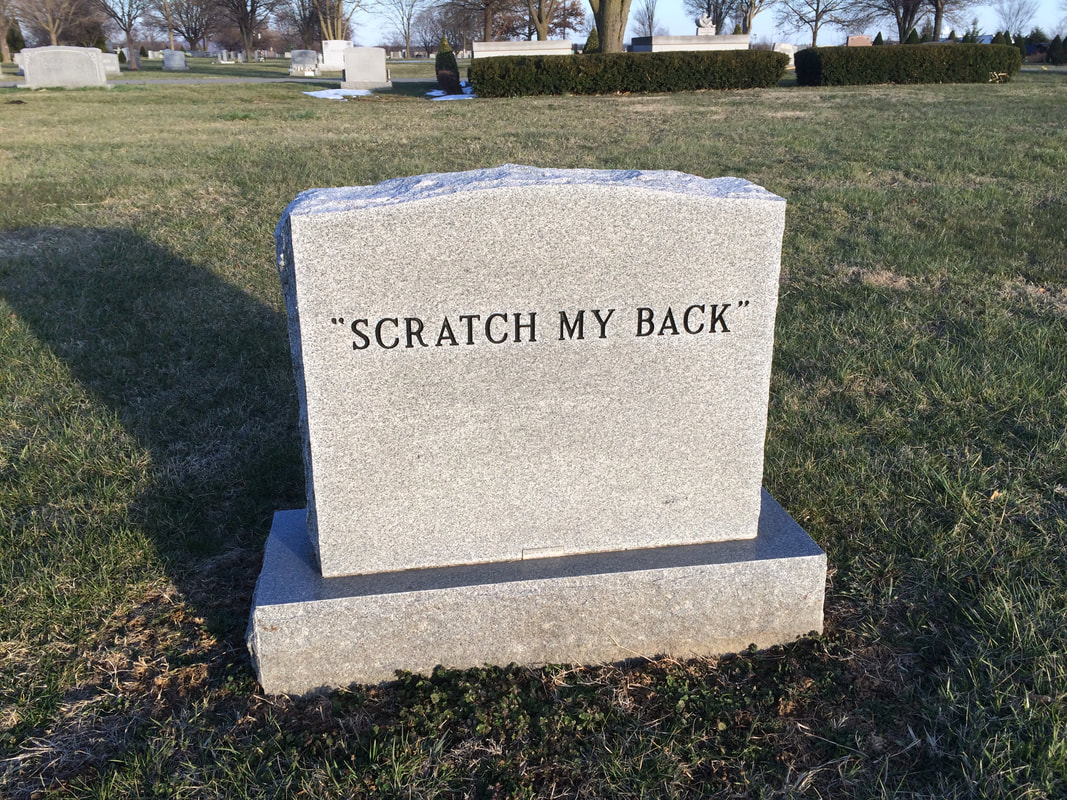

 RSS Feed
RSS Feed